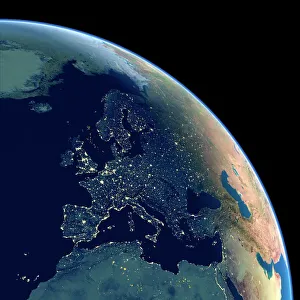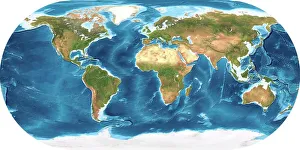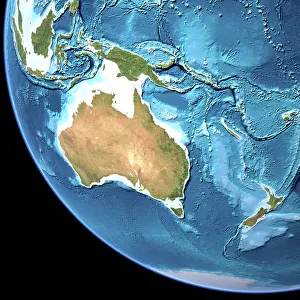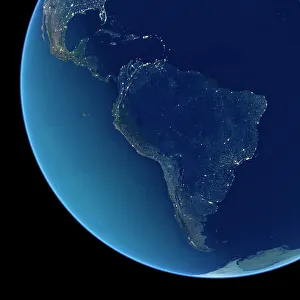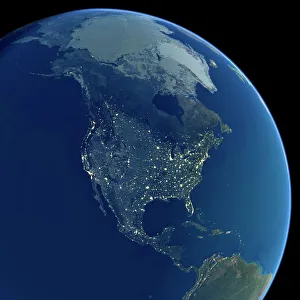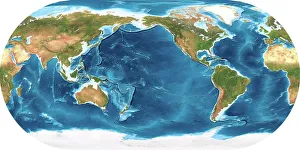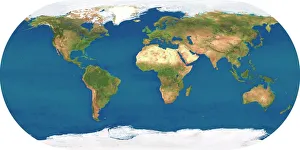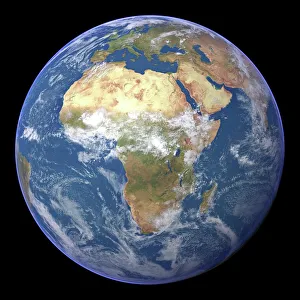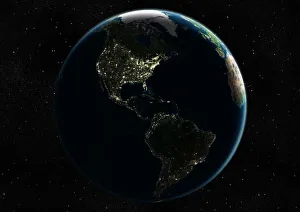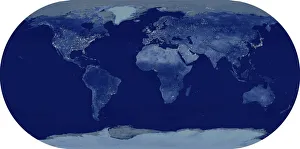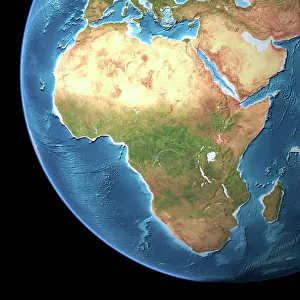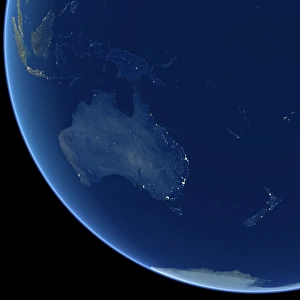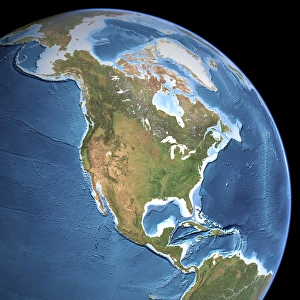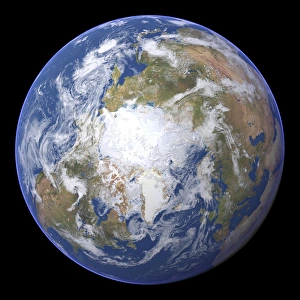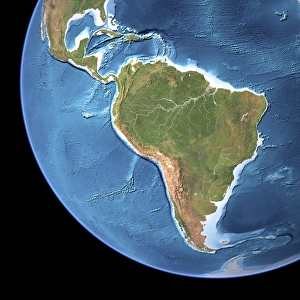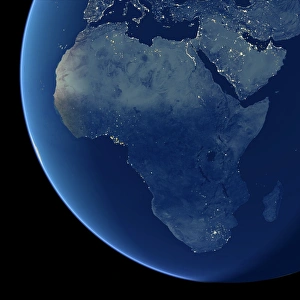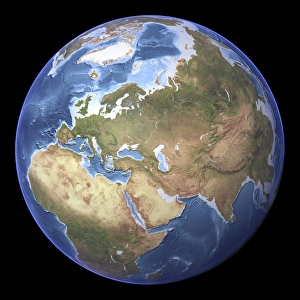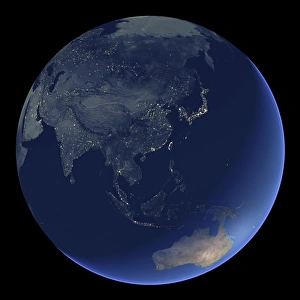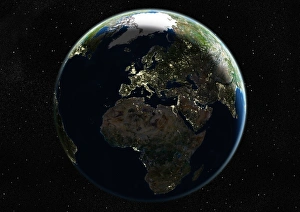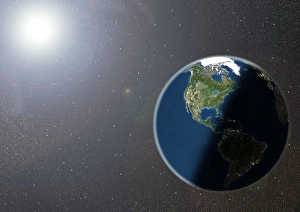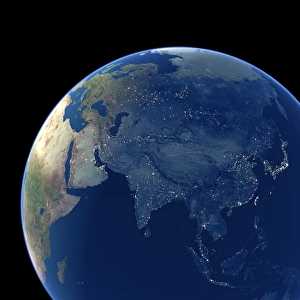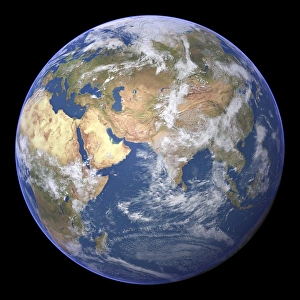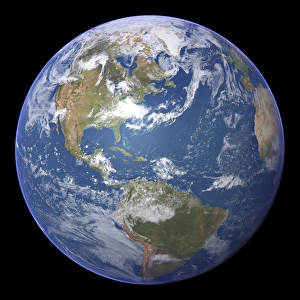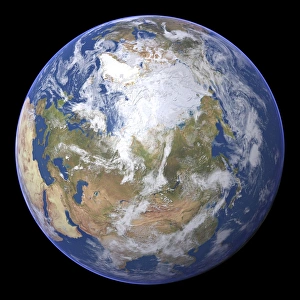Combined Data Collection
"Unlocking the Secrets of Our Planet
All Professionally Made to Order for Quick Shipping
"Unlocking the Secrets of Our Planet: Exploring Combined Data from Earth's Diverse Landscapes and Nighttime Illuminations" Embark on a captivating journey as we delve into the fascinating realm of combined data, revealing hidden wonders across our magnificent planet. Starting with an intricate topographic and bathymetric map, witness Earth's diverse terrains unfold before your eyes. Marvel at Europe's shimmering cities under the cover of night, as captured by a satellite image. The twinkling lights paint a breathtaking tapestry that showcases human activity against nature's backdrop. Next, explore Australia through its detailed topographic map, unraveling its vast deserts, lush rainforests, and majestic coastlines. Then immerse yourself in South America's vibrant nightlife seen from space—a dazzling spectacle that highlights bustling metropolises amidst sprawling landscapes. Continuing our nocturnal odyssey over North America, behold the mesmerizing glow emanating from countless urban centers scattered across this vast continent. Witness how humans have transformed darkness into luminous artistry. Returning to an encompassing view of our entire planet at night—a satellite image capturing every corner illuminated—experience the interconnectedness of humanity amidst infinite darkness, and is here where borders blur and unity prevails. But let us not forget Africa—an awe-inspiring sight when observed from above—its unique contours brought to life by a striking satellite image. Discover its untamed beauty and rich cultural heritage etched upon this ancient land. Venturing further eastward to Southeast Asia at night reveals another symphony of light dancing beneath us—a testament to progress interwoven with centuries-old traditions thriving side by side. Finally, gaze upon Earth once more in all its glory—a stunning satellite image showcasing both day and nighttime splendor simultaneously. This visual masterpiece encapsulates our collective existence within this fragile blue dot suspended in space.

